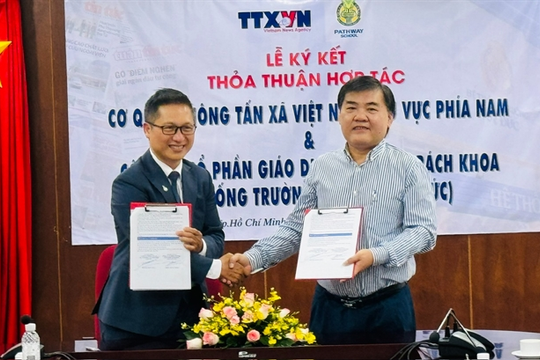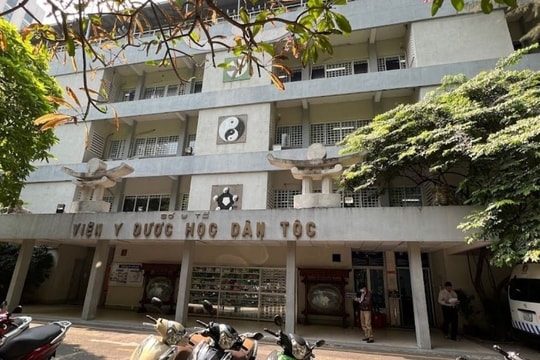Tran Quang Bao, director of the Ministry of Agriculture and Rural Development’s Department of Forestry, reported that Vietnam's wood and forestry sector achieved a positive outcome between January and July, with export revenue reaching US$9.36 billion, accounting for 61.5% of the yearly target. Notably, the value of wood chip and woodwork product exports surged nearly 38% and over 20% compared to the same period last year.
However, the export goal of US$15.2 billion for the year remains challenging due to global economic fluctuations and escalating political conflicts, he said. Additionally, rising shipping costs and delayed tax refunds are adding pressure to the industry.
Do Xuan Lap, chairman of the Vietnam Timber & Forest Products Association (VIFORES), gave insights into difficulties facing the sector in its major markets. The US, which represents over 54% of Vietnam's wood export value, has experienced several changes in trade policies. Vietnamese exporters are having to cope with multiple anti-dumping lawsuits, with the US initiating three cases related to the wood industry. Furthermore, it has yet to recognise Vietnam as a market economy, leading to continued discrimination in anti-dumping investigations, thereby adversely impacting costs and profit margins.
Concerning the European Union (EU) market, the new EU Deforestation Regulation (EUDR) is expected to take effect in December this year, posing significant challenges for exporters who must comply with strict regulations on product origin and environmental factors.
Similarly, Northeast Asian markets, including the Republic of Korea (RoK) and Japan, have introduced new measures that increase costs and risks for Vietnamese exporters. The RoK has decided to continue imposing anti-dumping duties on Vietnamese plywood, while Japan is implementing a carbon credit trading system that requires strict compliance with emission regulations for wood products.
To weather these challenges, Lap suggested the industry focus on enhancing competitiveness through the five main pillars of technical skills, production technology, emission reduction, management, and trade promotion and internal monitoring standards.
Trieu Van Luc, deputy director of the Department of Forestry, outlined key tasks and solutions for the remainder of 2024. These include refining and effectively implementing existing policies, as well as spurring various economic sectors into engagement in the development of plantations, wood processing, and forestry. Additionally, increasing promotional activities such as trade fairs and investment promotions to showcase products and expand market opportunities is crucial.
The official also stressed the importance of combating trade frauds by several exporters. He said the replication of successful partnerships between wood processors and plantation households not only ensures the legality of wood sources but also adds value, reduces production costs, and enhances the competitiveness of the sector.
Vietnam's wood industry has firmly established itself on the international market, with an annual export value exceeding US$10 billion. This positions Vietnam as the fifth-largest exporter of wood and wooden products in the world, second in Asia, and first in Southeast Asia.

























